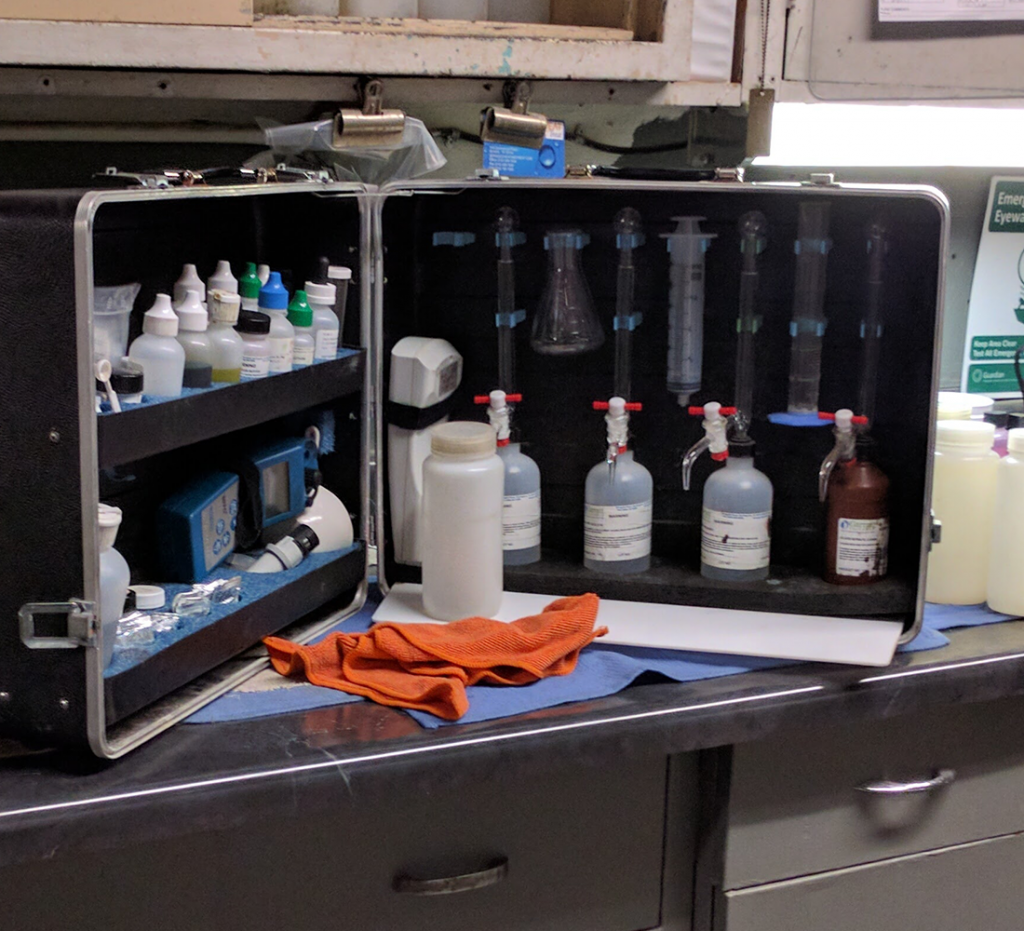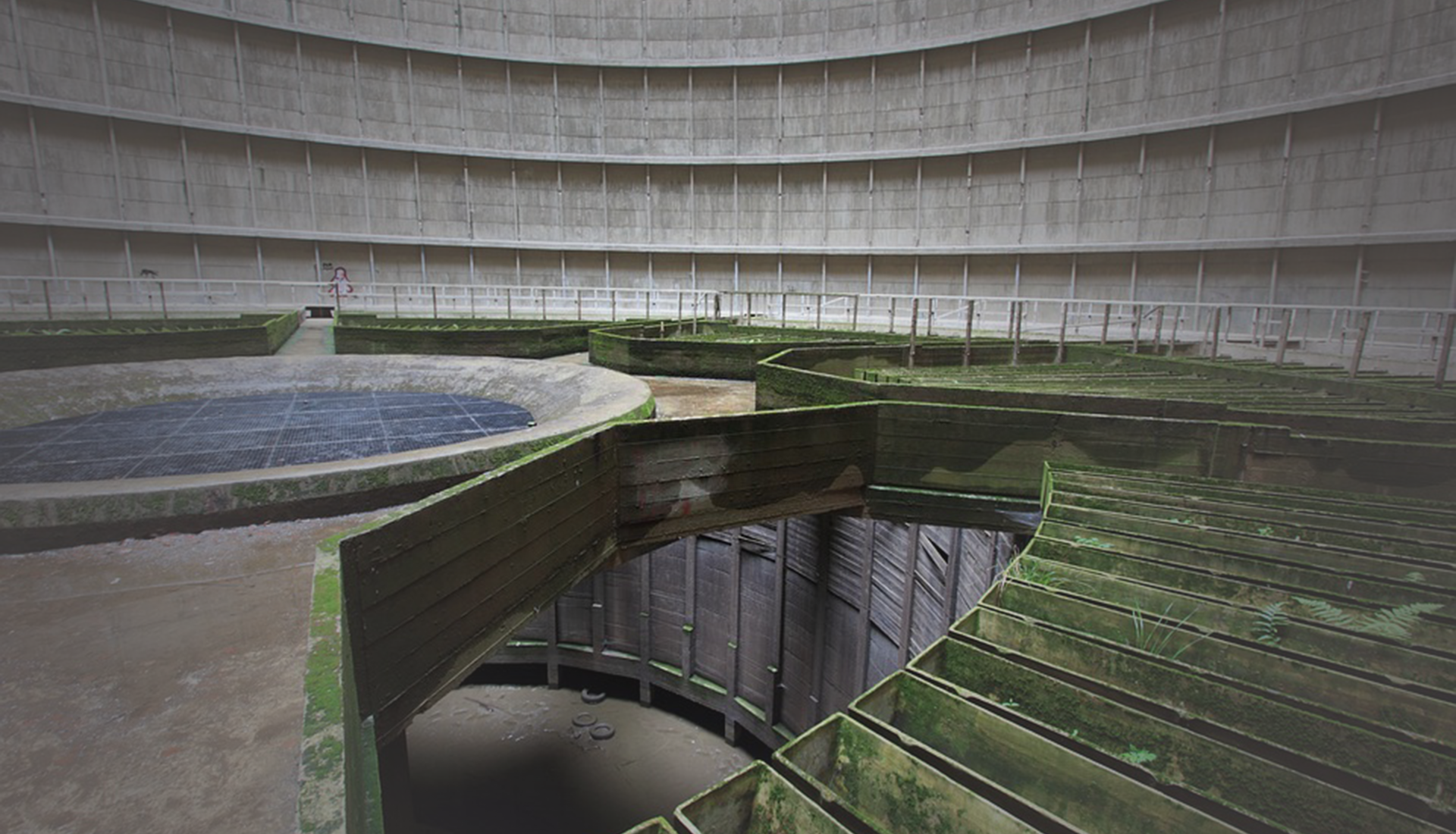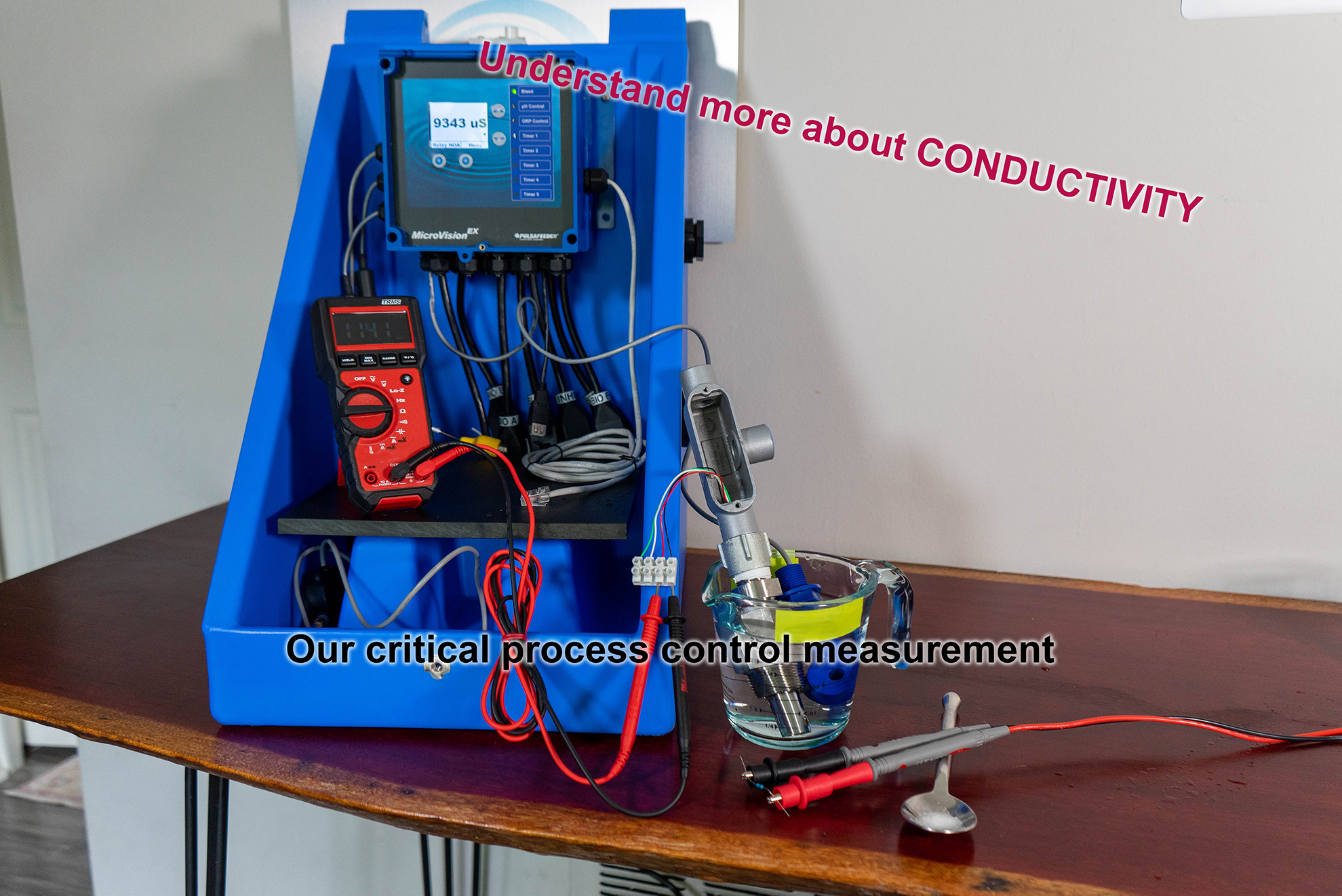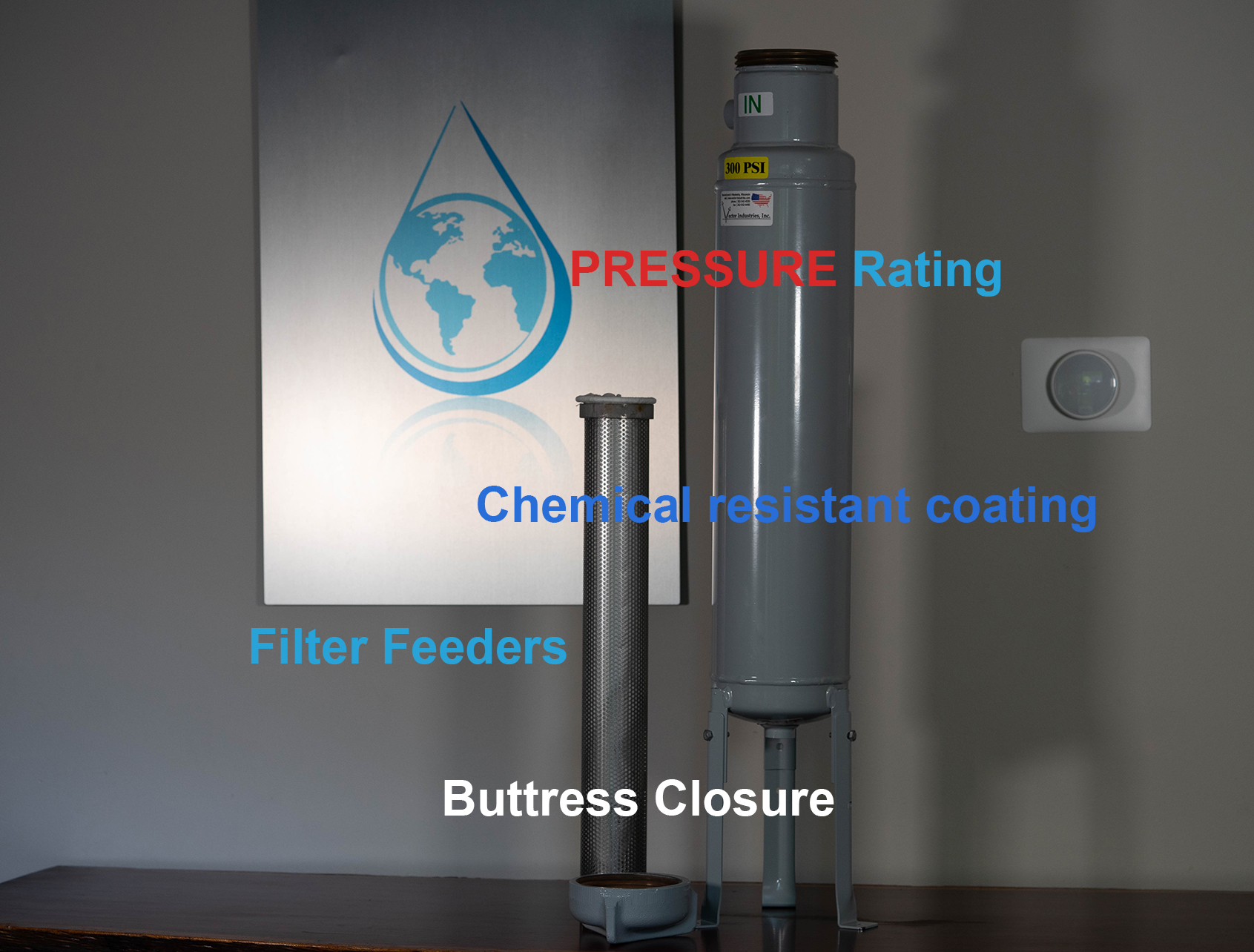As winter wanes and summer peers around the corner, the water treatment industry prepares for a major shift. As Heat Transfer Efficiency Managers, many of us have to start prepping cooling towers for start-up.
Prepping a cooling tower correctly is essential to ensure proper operation through the warm summer months. If you have not done so already, now is the time to clean the cooling tower and chiller to maximize your efficiency throughout the season. Before the official startup, survey the site to make sure everything is in working order. Preventative maintenance is easier and less stressful than reactive maintenance.
For those of you who shut down cooling towers for the winter months, remember to store everything correctly. Appropriate storage can be imperative to prolong equipment longevity and reduce the potential of any system failures. The 10,000ft perspective is; drain anything which contains water. During the winter months, water will freeze and expand: Often, this expansion can result in irreparable damage to major system components. Additionally, water is a catalyst for life; stagnant water will harbor bacteria and mold.

Drilling into some of the finer considerations on the chemical feed and controller perspective, There are additional considerations to maintain your chemical injection program. The most sensitive components of the controller are the probes. The ASHRAE 188 standard has driven many water treatment professionals to standardize pH and ORP probes on cooling towers. These probes can be used to:
- Regulate and confirm pH to support corrosion control
- Reduce alkalinity by acid feed to support scale prevention
- Control halogen-feed by an ORP value to support consisten dosing and reduce demand
All can add value to a treatment program. Unfortunately, these probes have shelf lives and do not enjoy the cold. If you let a pH or ORP probe dry out or freeze over the winter hiatus, it will need to be replaced. These are sensitive electrochemical sensors creating small mV readings for cooling tower control equipment to read. Validate your probes are still in good condition, use buffer solutions, visually inspect, and when in doubt, just get a new probe. Manufacturers put the shelf life of these probes when kept in electrolytic buffer at 2 years. In operation, probe life can only be anticipated to drop. Make sure you save the shipping cap to store your probes when not in use.
Depending on what chemicals you are injecting, your chemical metering pumps can take a beating over the winter months too. Chemicals, if they are allowed to sit, can do interesting things. Often chemicals will thicken or calcify over a period of time. This process can gum up the valves on metering pumps. Whenever working on pumps or equipment, always take appropriate safety precautions. Draining a metering pump of chemical can be beneficial to prolonging equipment life. There are always wetted part replacement kits: KOPkits®, or “Keep on Pumping” kits, are named aptly as they will keep your pump in proper working order. If you did drain your pump over the winter to avoid any syrup or concrete forming in the wetted areas of the pump consider that elastomers and diaphragms lose their flex when dry. A dry elastomer, or o-ring, and a dry diaphragm with little flex might benefit from a little hydration when trying to re-prime a pump after a long shutdown. Always consider any reactions which could occur from moistening these components, namely exothermic reactions with acids.
[Proper start-up] will not only help minimize unplanned maintenance and service disruptions, it will minimize your business expenses and make you more profitable while keeping your customers from entertaining bids from other water treaters jeopardizing your continued success.
Dave Ruff, DSA Water
In a nut shell, preventative maintenance and thorough setup of a system before season will save you time and money in the long run. If you have an old controller which is overdue to be replaced, a pump which keeps losing prime, or a probe which is not tracking take care of these problems ahead of time. These precautions could save you an unnecessary trip to a site and costly expedited shipping fees. If you build these routines into your practice and budget, then you will never give your customer the opportunity to doubt the quality of service you provide!



